教育について
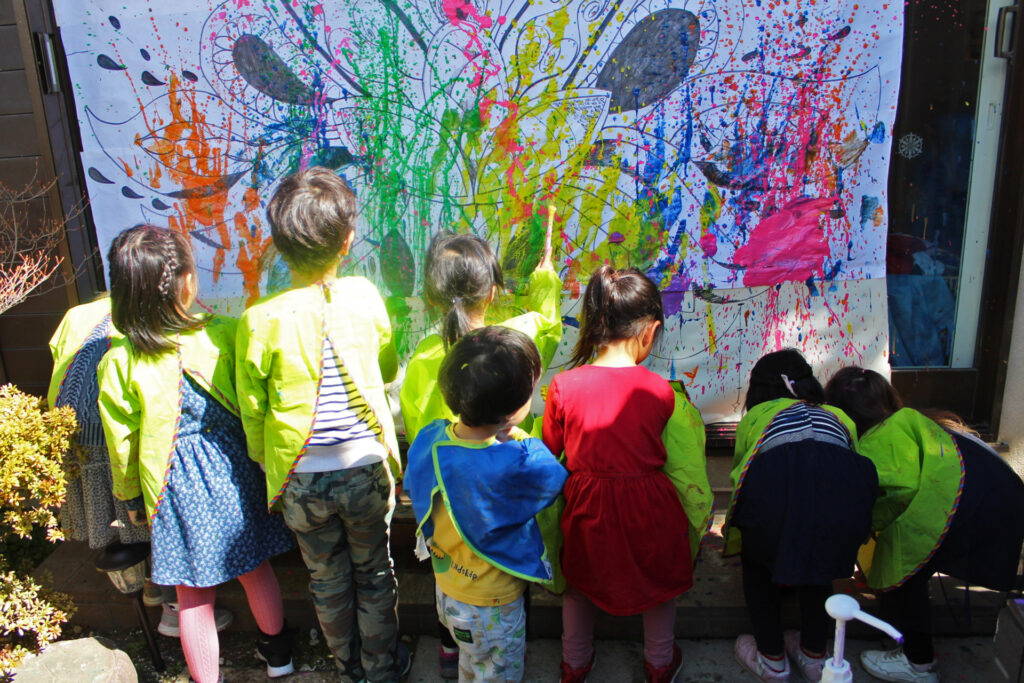
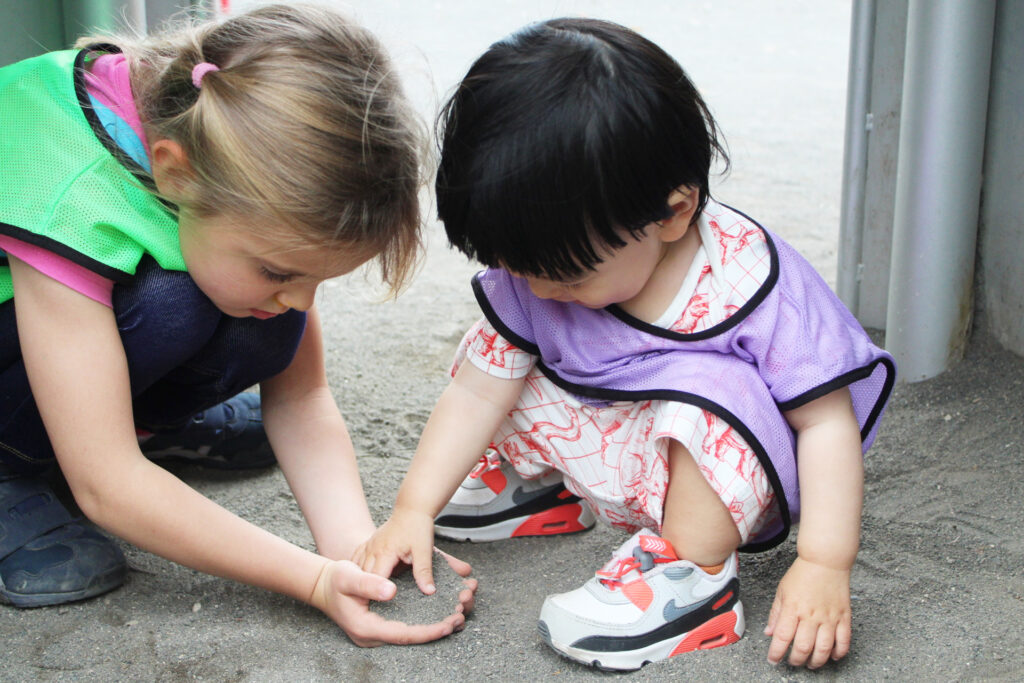
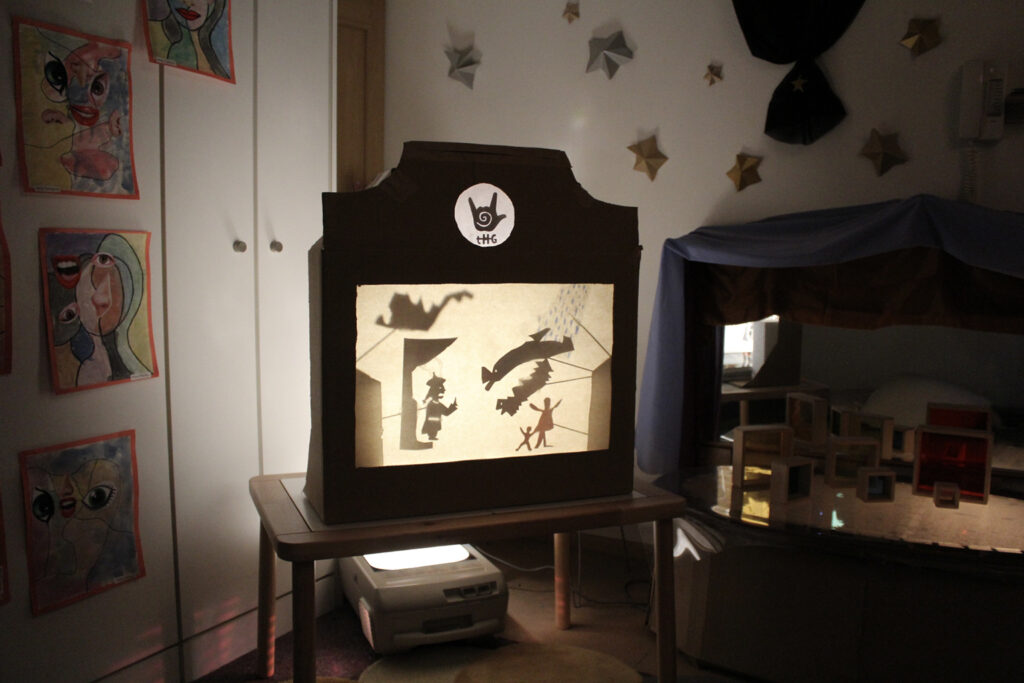
What is Reggio-Emilia?
The Reggio-Emilia Approach was developed after World War II by educator Loris Malaguzzi and parents in the village of Reggio Emilia, Italy. A philosophy based on the principles of respect, responsibility, and community, the Reggio-Emilia approach is built on the premise that all children are endowed with a hundred languages – referring to the many ways children have of expressing themselves. Exploration and discovery are supported in an enriching environment, based on the interests of the children through a self-guided, emergent curriculum. Children are believed to be “knowledge bearers” and are encouraged to share their thoughts and ideas about everything they could do during the day. Rather than being seen as the target of instruction, children are seen as an apprentice, researcher, and an active constructor of knowledge. Much of the instruction at Reggio-Emilia schools takes place in the form of projects where children have opportunities to explore, observe, hypothesize, question, and discuss to clarify their understanding.
Hallmarks of the Reggio-Emilia program:
- Children must have some control over the direction of their learning
- Children must be able to learn through experiences of touching, moving, listening, seeing and
hearing - Children must have endless ways and opportunities to express themselves
- A high level of parental involvement is fostered, where they are viewed as partners and
collaborators and are involved in every aspect of the curriculum
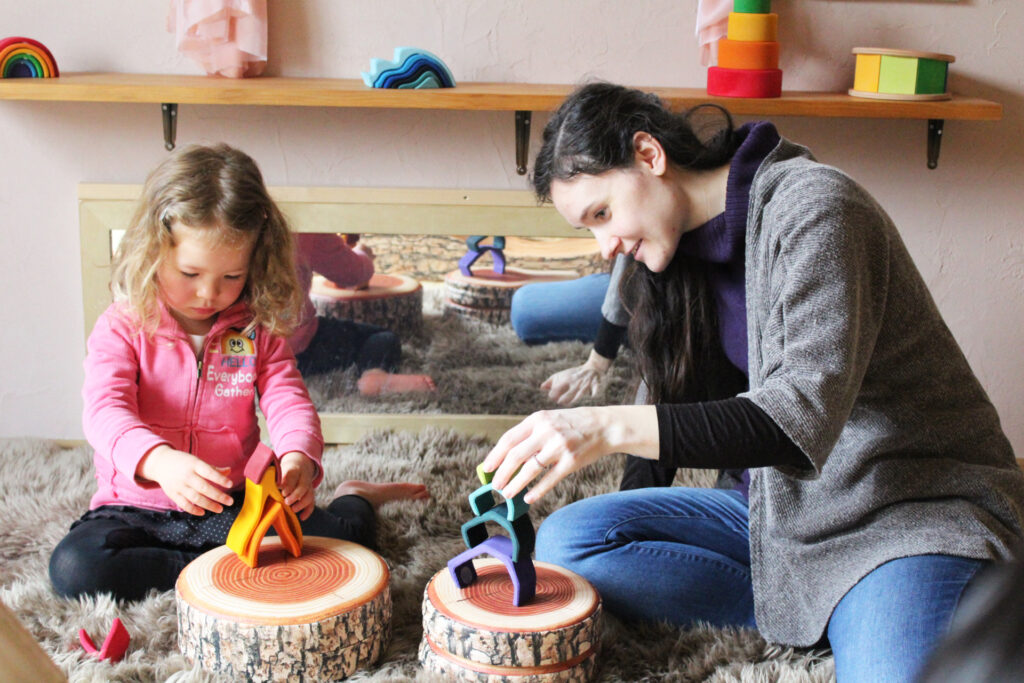
Role of the Teacher
The teacher is considered to be a co-learner, collaborator and researcher, not just an instructor. Teachers are encouraged to facilitate learning by planning activities and lessons based on the child’s interests, asking questions to further the child’s understanding, and actively engaging in the activities alongside the child. Projects begin with teachers observing and questioning children about the topic of interest. Based on the children’s responses, teachers introduce materials, questions and opportunities that provoke children to further explore the topic. Reggio-Emilia teachers provide children with different avenues for thinking, revising, constructing, negotiating, developing and symbolically expressing their thoughts and feelings.
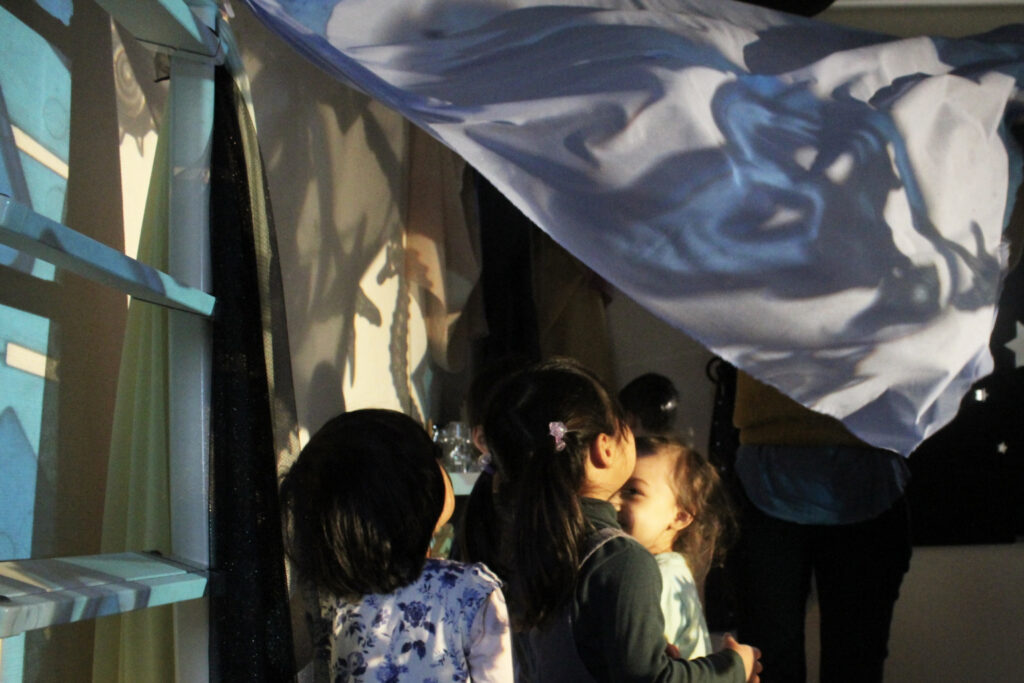
Documentation
Using a variety of media, teachers give careful attention to the documentation and presentation of the thinking of the children. Rather than making judgements about the child, the teacher inquires and listens closely to the children. An example of documentation might be a book or panel with the student’s words, drawings, and photographs. By making learning visible, the teachers are able to study the thinking and feeling of the students in order to gain insight into their understanding. Also, documentation gives parents information regarding their child’s learning experience while creating an archive for the class and school.
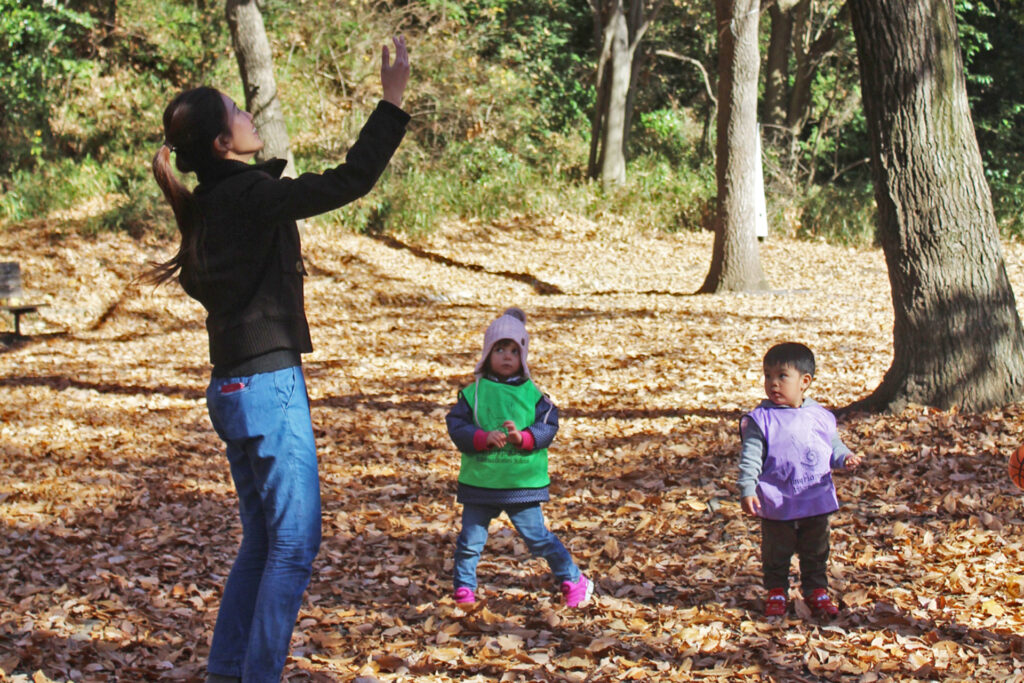
Role of the Environment
The organization of the physical environment is crucial to the Reggio-Emilia early childhood program, and is often referred to as the child’s ”third teacher.” The preschools are generally filled with indoor plants and vines, and have an abundance of natural light. The children’s artwork and project work is always displayed at the children’s eye level. In each classroom there are studio spaces in the form of a centrally located atelier and clearly designated spaces for group activities. Throughout the school, there is an effort to create opportunities for children to interact.
